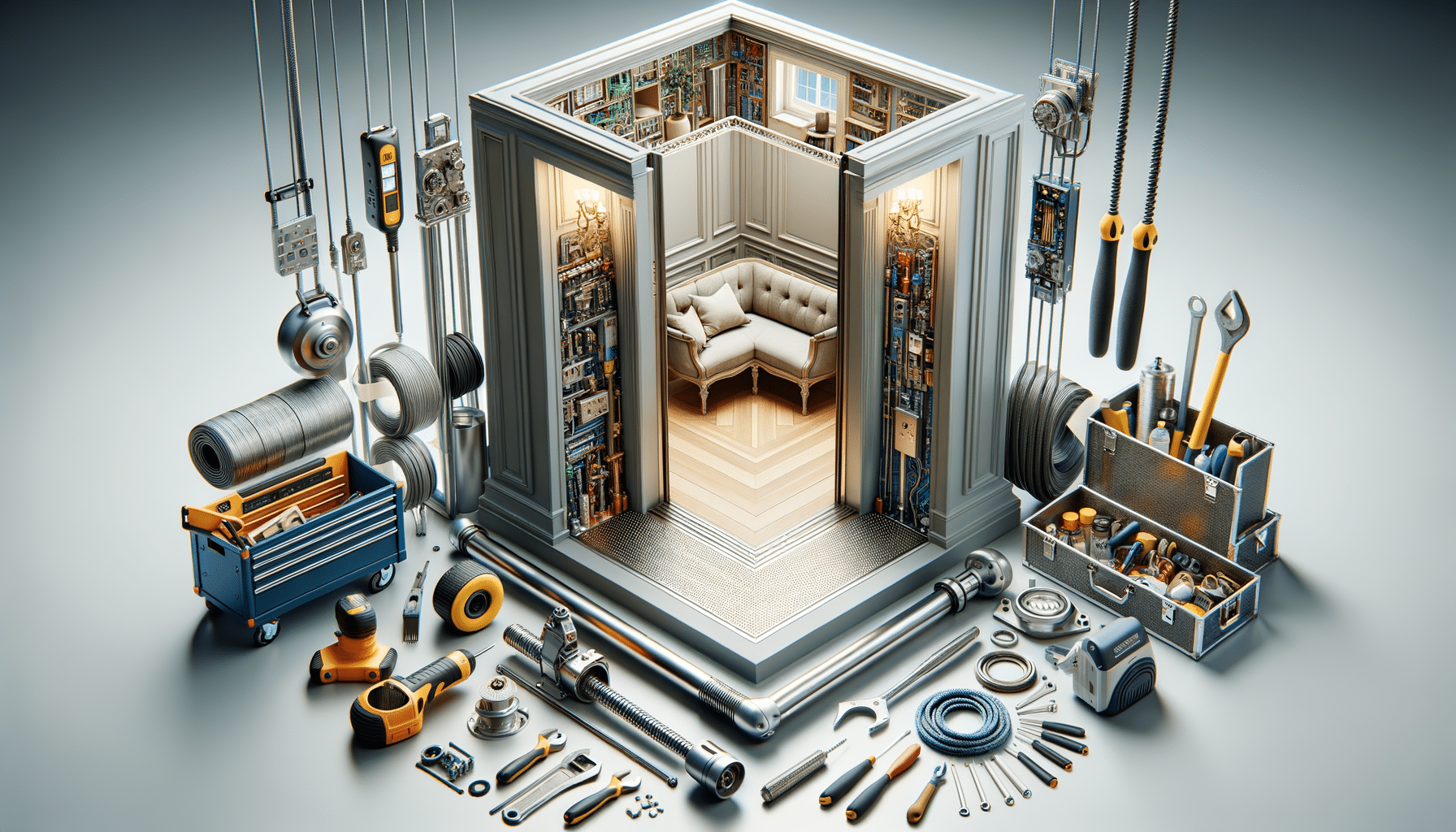
Understanding Home Elevator Installation Services
Introduction to Home Elevator Installation
As modern homes evolve, so do the needs and preferences of homeowners. One of the increasingly popular additions to multi-story homes is the installation of home elevators. These elevators not only enhance the accessibility of a home but also add a touch of luxury and convenience. With more people considering aging in place, home elevators provide a practical solution to mobility challenges, ensuring that all areas of the home remain accessible to everyone, regardless of physical ability. This article delves into the various aspects of home elevator installation services, from the benefits they bring to the considerations one should keep in mind before installation.
Benefits of Installing a Home Elevator
Home elevators offer a multitude of benefits that go beyond mere convenience. One of the most significant advantages is the increased accessibility they provide. For individuals with mobility issues, whether due to age or disability, elevators make navigating multi-level homes much easier and safer. This accessibility can significantly enhance the quality of life for residents, allowing them to move freely without the risk of falls.
Moreover, home elevators can increase the value of a property. Potential buyers often see an elevator as a luxury feature, which can make a home more attractive on the real estate market. Additionally, elevators can save space compared to traditional staircases, which can be a crucial factor in smaller homes where space optimization is essential.
The convenience offered by home elevators is another compelling reason for their installation. They simplify the process of moving heavy items between floors, such as groceries or furniture, reducing physical strain and minimizing the risk of injury.
Types of Home Elevators
When considering a home elevator, it is essential to understand the different types available, as each comes with its own set of features and requirements. The most common types include hydraulic, traction, and pneumatic elevators.
- Hydraulic Elevators: These are powered by a hydraulic pump and are known for their smooth and quiet operation. They require a machine room, which can add to the installation cost, but they are highly reliable and capable of handling substantial weight.
- Traction Elevators: These elevators use a counterweight and motor system, similar to those found in commercial buildings. They do not require a machine room, making them a space-efficient option. However, they might be more expensive than hydraulic systems.
- Pneumatic Elevators: These utilize air pressure to move the elevator car. They are relatively easy to install and do not require a machine room or pit, making them a popular choice for retrofitting existing homes. They offer a modern aesthetic but may have limitations in weight capacity.
Considerations Before Installation
Before proceeding with the installation of a home elevator, several considerations must be taken into account to ensure the project meets the homeowner’s needs and complies with local regulations. First, assessing the available space is crucial. Home elevators require specific dimensions for the shaft and, depending on the type, additional space for a machine room.
Budget is another critical factor. The cost of a home elevator can vary widely depending on the type, customization options, and installation complexity. It’s important to get detailed quotes from multiple providers to compare prices and services.
Compliance with local building codes and regulations is essential. Homeowners should consult with professionals to ensure the installation adheres to safety standards and obtain any necessary permits. Additionally, considering the long-term maintenance and operating costs is vital for budgeting purposes.
Choosing the Right Installation Service
Selecting the right service provider for home elevator installation is a crucial step in ensuring a successful project. Homeowners should look for companies with a proven track record and expertise in installing the type of elevator they desire. It’s beneficial to read reviews and ask for references to gauge customer satisfaction and service quality.
Furthermore, a reputable installation service should offer comprehensive support, including consultation, design, installation, and maintenance services. They should provide clear timelines and detailed contracts outlining the scope of work, costs, and warranties.
Lastly, communication is key. A service provider that listens to the homeowner’s needs and provides transparent information about the process will likely deliver a more satisfactory experience.